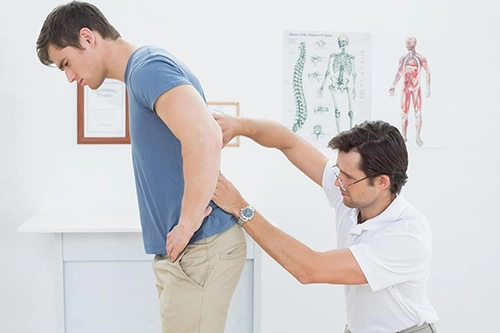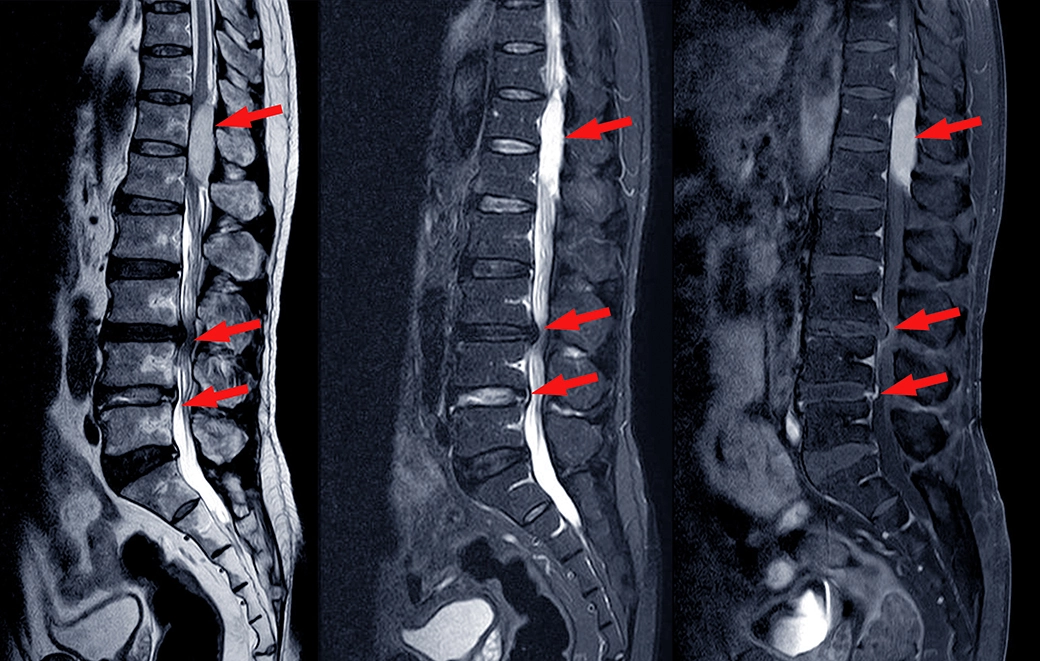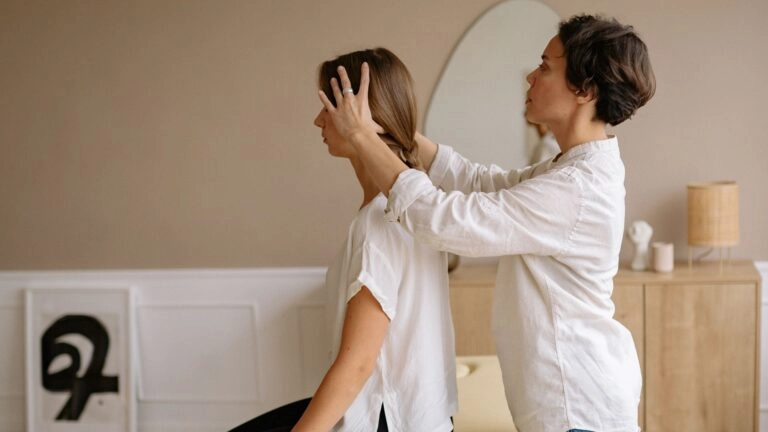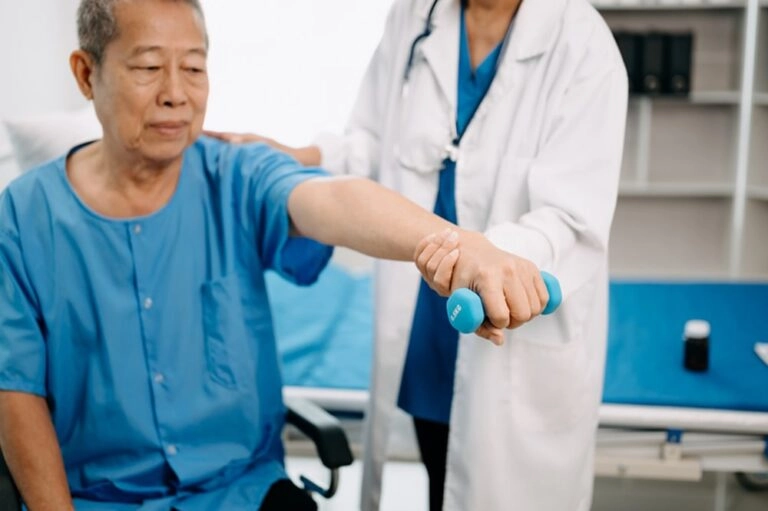Have you been diagnosed with spinal stenosis? If so, don’t rush into surgery unless you have to. There are conservative treatments that may help. Your Anchorage chiropractor is here to explain.
Although there is no cure for spinal stenosis, a number of conservative therapies exist which can help you manage your condition and reduce even the most bedeviling symptoms. You can start with physical therapy. But don’t overlook chiropractic care, as well. Together the two can make a powerful combination.
The Science of Non-Surgical Treatments of Spinal Stenosis
You may be curious about what the science says about treating spinal stenosis without surgery. Let’s take a closer look at physical therapy, as it is one of the more common conservative tactics used to manage symptoms caused by spinal stenosis.
One study in the Spine Journal found that “patients with lumbar spinal stenosis can benefit from physical therapy.” This was determined by an analysis of 58 different patients treated with two different physical therapy programs. (1)
A second study, also from the Spine Journal, found that “Epidural steroid injections and physical therapy both seem to be effective in LSS patients up to 6 months of follow-up.” (2) The goal of this study was to compare the effectiveness of the two treatments. It found that both were effective at comparable levels.
Again, a third study in the Spine Journal found such significant benefits of physical therapy in treating lumbar spinal stenosis, it concluded that “Patients with LSS should be treated with intensive and supervised exercise programs to obtain the maximum benefit of exercise therapy.” (3)
So, why does physical therapy work?
Treating Spinal Stenosis in Anchorage with Physical Therapy
As mentioned above, physical therapy is usually one of the first go-to’s for treating spinal stenosis without resorting to surgery. Of course, like other conservative techniques, physical therapy will not cure spinal stenosis, but it may be able to help manage the disease and reduce levels of pain and disability.
Better Health Alaska’s physical rehab capabilities are second to none. Our Anchorage office provides a number of different physical therapy approaches including passive physical therapy. Passive physical therapy is used in conjunction with chiropractic care to maximum benefit. It uses electrical muscle stimulation, ice, heat, and traction to help manage your spinal stenosis.
Of course, this is not to overlook traditional or active physical therapy. Traditional physical therapy usually involves a combination of exercises and stretching techniques designed for the condition under consideration – in this case, spinal stenosis.
As you may know, spinal stenosis involves a narrowing of the openings in the spinal column through which your spinal cord passes. In the case of lumbar spinal stenosis, it involves the narrowing of the actual spinal canal in the lower back. In the case of cervical spinal stenosis, it involves the neck.
Another similar condition, foraminal stenosis, involves the narrowing of the foramen, the openings through which nerves exit the spinal column. Although it is a different condition, there are similar conservative treatments for foraminal stenosis, as well.
How can exercises and stretching help when the issue is the narrowing of a hole in a part of the physical spinal cord? Well, the exercises and stretches help build the muscles around the affected part of the spinal cord.
Stronger muscles can help improve posture and realign misaligned bone structures. In other words, if your spine is a little out of alignment, physical therapy exercises can help restore its natural alignment by strengthening the muscles around the spine that normally hold it in its proper place.

Treating Spinal Stenosis with Chiropractic Care in Anchorage
Although physical therapy is one of the first types of conservative treatment usually targeted against spinal stenosis, it is not the only one. With a variety of tools at his/her disposal, your Anchorage-based chiropractor can also help manage this painful condition.
If you know anything about what chiropractors do, you know that chiropractors are experts in the musculoskeletal system and nervous system. They often perform treatments called spinal manipulations, spinal adjustments, or chiropractic adjustments.
As mentioned above, when I discussed physical therapy, a misaligned spine can aggravate a case of spinal stenosis making it more painful than it need to be. This is because, if the individual holes that make up the spinal canal are not aligned with each other, the spinal cord will, necessarily, have a smaller cross-section to pass through when traversing sections that are out of alignment. Hence, the spinal cord is more likely to be impinged upon. This creates greater pain and discomfort and can lead to greater disability.
A chiropractic adjustment can realign the misaligned spine. By itself, this is extremely helpful. But, if done in conjunction with exercises prescribed by a physical therapist, not only will the spine be realigned, the muscles around it will be strengthened.
This should prevent the spine from going out of alignment going forward. I realized early in my career that physical therapy and chiropractic care can play off each other and magnify each other’s benefits. This is one such clear situation.
Other Conservative Treatments of Spinal Stenosis
While physical therapy (followed by chiropractic care) is probably the most common conservative treatment leveled against spinal stenosis, there are others. These include:
- Heat Therapy: This consists of alternately applying hot and cold compresses to a specific area on your body. This area, though, is typically the area of neural compression. The idea is to reduce inflammation around the compressed nerve. Reducing inflammation should reduce some of the compression, and, therefore, some of the symptoms.
- TENS: This stands for Transcutaneous Electrical Nerve Stimulation. Here, the idea is to stimulate the nerves with low-voltage electrical current. This will trigger the release of endorphins. Endorphins are natural chemicals that reduce pain.
- Acupuncture: This is an ancient art from the East that involves inserting thin needles in specific locations across the body. The needles help manipulate the flow of energy along nerves and, when done properly, can provide relief from pain.
- Pain Meds: This is another way to relieve the pain often caused by spinal stenosis. Generally, it is recommended to start with the more common over-the-counter pain meds like Tylenol before anything more potent. There is a problem with heavy-hitting medications, like opioids and others that require a prescription. Basically, they often can become addictive and develop into a problem on their own. Naturally, of course, you should only take them while under the care of a medical doctor.
- Massage Therapy: This type of treatment is another way to deal with spinal stenosis indirectly. Massage can help reduce tension and loosen muscles. This can, in turn, make other types of treatment – like chiropractic care, for example – more effective. Massage can also reduce inflammation and increase blood flow.
- Therapeutic Injections: In recent years, more advanced technologies have been developed. Therapeutic injections involve injecting certain chemicals in the problem area. Sometimes the chemicals are used just to reduce pain. Other times, the chemicals have some other purpose, like rebuilding cartilage or what-have-you.
It is worth stressing that, at this time, spinal stenosis does not have a cure. The best one can really work towards is managing the condition. Symptoms like pain, weakness, motor problems, and balance problems can be reduced and sometimes even eliminated through successful conservative care.
Conclusion
If you’ve been diagnosed with spinal stenosis and you don’t want to get surgery, there are conservative options you can look into. None of them are guaranteed to work. But, when implemented, sometimes separately and sometimes together, they can and often have provided relief to many patients. You just may be the next one. So, reach out to Better Health Alaska. Our Anchorage team of chiropractors and physical therapists can help.
- https://journals.lww.com/spinejournal/Abstract/2006/10150/A_Comparison_Between_Two_Physical_Therapy.7.aspx
- https://journals.lww.com/spinejournal/Abstract/2009/05010/Effectiveness_of_Physical_Therapy_and_Epidural.2.aspx
- https://journals.lww.com/spinejournal/Abstract/2020/06010/Therapeutic_Advantages_of_Frequent_Physical.12.aspx









